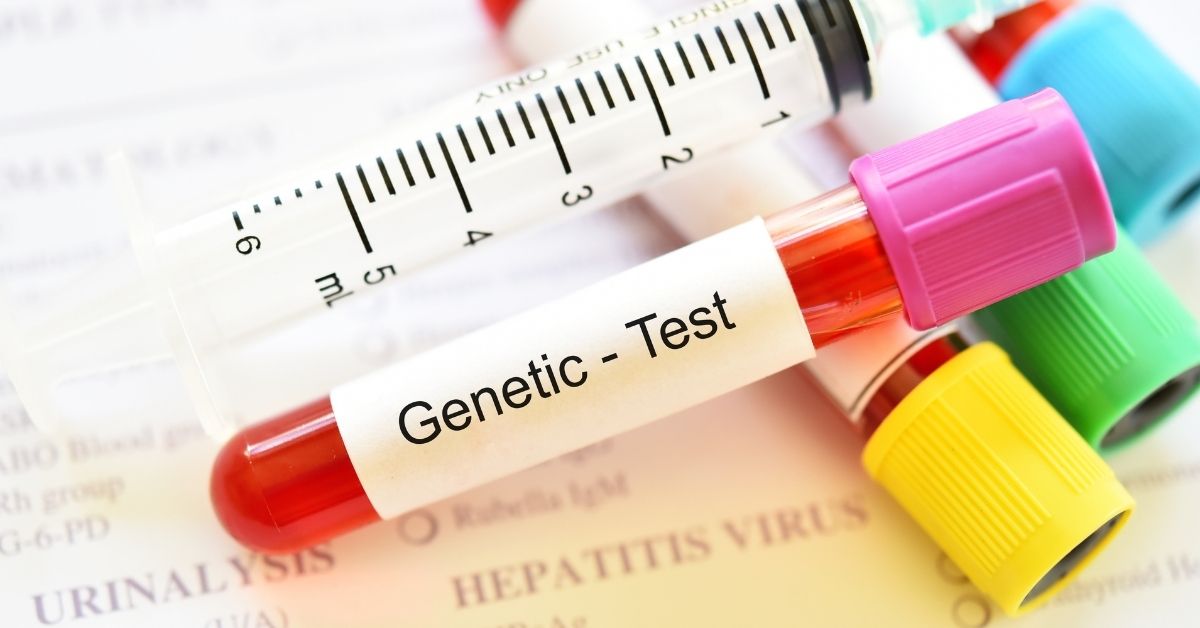
Author: Geetanjali Rathore, MD
University of Nebraska Medical Center
Children’s Hospital and Medical Center, Omaha, NE
Reviewed: July 2021
SUMMARY
Molybdenum cofactor deficiency (MoCD) type A is a rare but devastating metabolic disease. It first appears in the newborn period. It is estimated to affect 1 in 200,000 newborns worldwide.
MoCD typically appears in the first few weeks of life as:
- Seizures
- Difficulty feeding
MoCD type A is rapidly progressive. It causes severe developmental delay and death within the first 4 years of life. A gene abnormality is responsible for MoCD. The changed gene causes a toxic sulfite to collect in the brain. The sulfite leads to brain dysfunction. An early diagnosis is critical to any chance of improving outcomes.
JUMP TO
Disorder Overview
DESCRIPTION
There are three forms of MoCD. They are named types A, B, and C. MoCD type A is the most common form and the only one for which there is definitive therapy that improves outcome.
The three forms have the same signs and symptoms. They are distinguished only by their genetic cause:
- MOCS1 gene mutations cause type A
- MOCS2 gene mutations cause type B
- GPHN gene mutations cause type C
MoCD should be considered a possible diagnosis in infants with any of the following symptoms:
- Profound developmental delay
- Neonatal seizures
- Dysmorphic facial features
- Dislocated eye lenses
The majority of children with MoCD die of the illness within the first few days or weeks of life. There are some reports of a milder form, with survival into adult life. There are also very rare reports of asymptomatic cases.
SIGNS AND SYMPTOMS
Babies with this condition can appear normal at birth. However, within a week they develop seizures. The seizures do not improve with treatment. They are called intractable seizures.
Over the course of illness, the infant can have:
- Frequent, intractable seizures
- Abnormal muscle tone (increased or decreased)
- Difficulty feeding
- Extreme fussiness
- Exaggerated startle
- Small head size (microcephaly)
- Facial features that may be coarse, with puffy cheeks/lips, a long face, and widely spaced eyes
- Dislocation of the eye lenses
Affected babies usually do not survive past early childhood.


CAUSES
MoCD is caused by mutations in one of three genes:
- MOCS1
- MOCS2
- GPHN
The proteins produced by these genes help with processes that break down different toxins in the body. Without help from proteins made by these genes, these processes do not work. This leads to a buildup of certain toxins. One such toxin is the chemical sulfite.
Damage to the brain caused by abnormally high levels of sulfite leads to:
- Encephalopathy
- Seizures
- Other symptoms of MoCD
MoCD has an autosomal recessive pattern of inheritance. This means that a child must have both copies of the mutated gene to have MoCD. An affected baby usually inherits one abnormal copy of the gene from each parent. Parents of the affected child typically do not show signs and symptoms of the condition. They are usually asymptomatic carriers.
LABORATORY INVESTIGATIONS
Diagnosing MoCD
When doctors suspect MoCD based what they observe in the baby, they use testing to learn more. Key biochemical markers can point to MoCD:
- Elevated sulfites (in urine test)
- Elevated S-sulfocysteine (in urine test)
- Low uric acid (in blood or urine test)
- High levels of xanthine and hypoxanthine (in blood test)
Finally, genetic testing can confirm the diagnosis and type of MoCD.
Other Investigations
Magnetic Resonance Imaging (MRI)
Electroencephalogram (EEG)


TREATMENT AND THERAPIES
New Medicine for MoCD Type A
Until recently, the only treatment options for MoCD included supportive care and therapy for complications. The first drug treatment, fosdenopterin, was approved in 2021 for treating MoCD type A by the FDA.
It is only effective at treating MoCD type A, not the other types. Lifelong therapy is recommended. Starting treatment as early as possible is recommended. This can reduce disease severity, as the brain injury is irreversible.
Other Treatments
Several other treatments are sometimes used for children with MoCD.
Molybdate therapy
OUTLOOK
MoCD type A is a rapidly progressive genetic disease. It cannot be outgrown. It has a high infant mortality rate. The median survival age is 3 years without treatment.
Those who survive beyond the first few months without treatment often have severe developmental delays. This makes them highly dependent on others for assistance in tasks of daily living. In addition, seizures are often frequent, daily, and disabling. They can be very difficult to control. Frequent hospitalizations are common.
Early treatment with fosdenopterin has been shown to improve survival and reduce symptoms, including seizures. For this reason, it is critical to diagnose and treat MoCD type A as soon as possible.
Ongoing interventions for MoCD type A will likely include:
- Daily injections of fosdenopterin
- Supportive measures, such as physical, occupational, and speech therapy
- Modifications in school, based on cognition and severity of disease


RELATED DISORDERS
MoCD may be confused with other more common newborn seizure disorders. These disorders may look like MoCD type A in terms of clinical observations and brain images. They can be distinguished based on the blood and genetic testing. Lookalikes include:
- Hypoxic-ischemic encephalopathy (HIE). HIE stems from decreased oxygen to the brain around birth.
- Isolated sulfite oxidase deficiency (ISOD). Like MoCD, this is a genetic disorder.
Resources
Molybdenum Cofactor Deficiency Support Group
The Molybdenum Cofactor Deficiency Support Group is a private support group on Facebook for families of children with all types of Molybdenum Cofactor Deficiency.
MoCD Type A: CNF Educational Video
Amy White, MS, CGC, is a genetic counselor Mayo Clinic Biochemical Genetics Laboratory and Whitney McHugh is the mother to a child living with MoCD Type A. In this video by the Child Neurology Foundation, they talk about MoCD Type A, getting a pediatric neurologic diagnosis and living with the rare disease.
Research
ClincalTrials.gov for MoCD Type A are clinical trials that are recruiting or will be recruiting. Updates are made daily, so you are encouraged to check back frequently.
ClinicalTrials.gov is a database of privately and publicly funded clinical studies conducted around the world. This is a resource provided by the U.S. National Library of Medicine (NLM), which is an institute within the National Institutes of Health (NIH). Listing a study does not mean it has been evaluated by the U.S. Federal Government. Please read the NLM disclaimer for details.
Before participating in a study, you are encouraged to talk to your health care provider and learn about the risks and potential benefits.
The information in the CNF Child Neurology Disorder Directory is not intended to provide diagnosis, treatment, or medical advice and should not be considered a substitute for advice from a healthcare professional. Content provided is for informational purposes only. CNF is not responsible for actions taken based on the information included on this webpage. Please consult with a physician or other healthcare professional regarding any medical or health related diagnosis or treatment options.
References
Nagappa M, Bindu PS, Taly AB, Sinha S, Bharath RD. Child neurology: Molybdenum cofactor deficiency. Neurology. 2015 Dec 8;85(23):e175–8. https://doi.org/10.1212/WNL.0000000000002194
Molybdenum cofactor deficiency, complementation group A; MOCODA. In: OMIM (Online Mendelian Inheritance in Man) [Genetic database]. https://www.omim.org/entry/252150
Thank you to our 2023 Disorder Directory partners:





